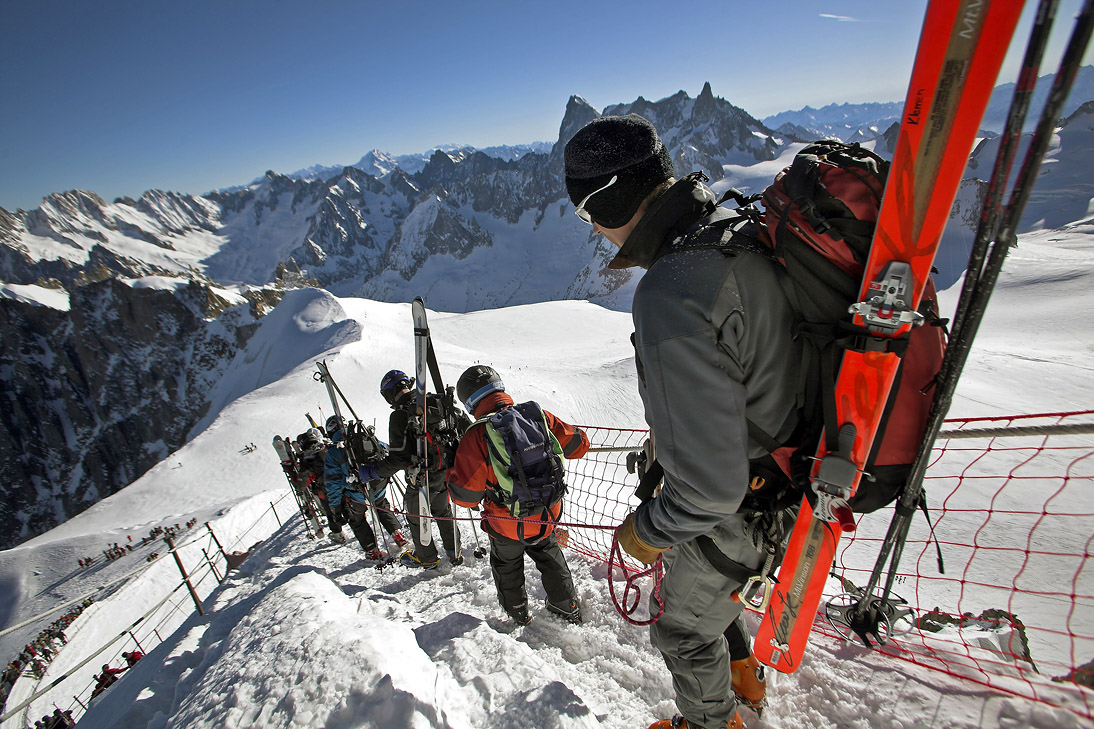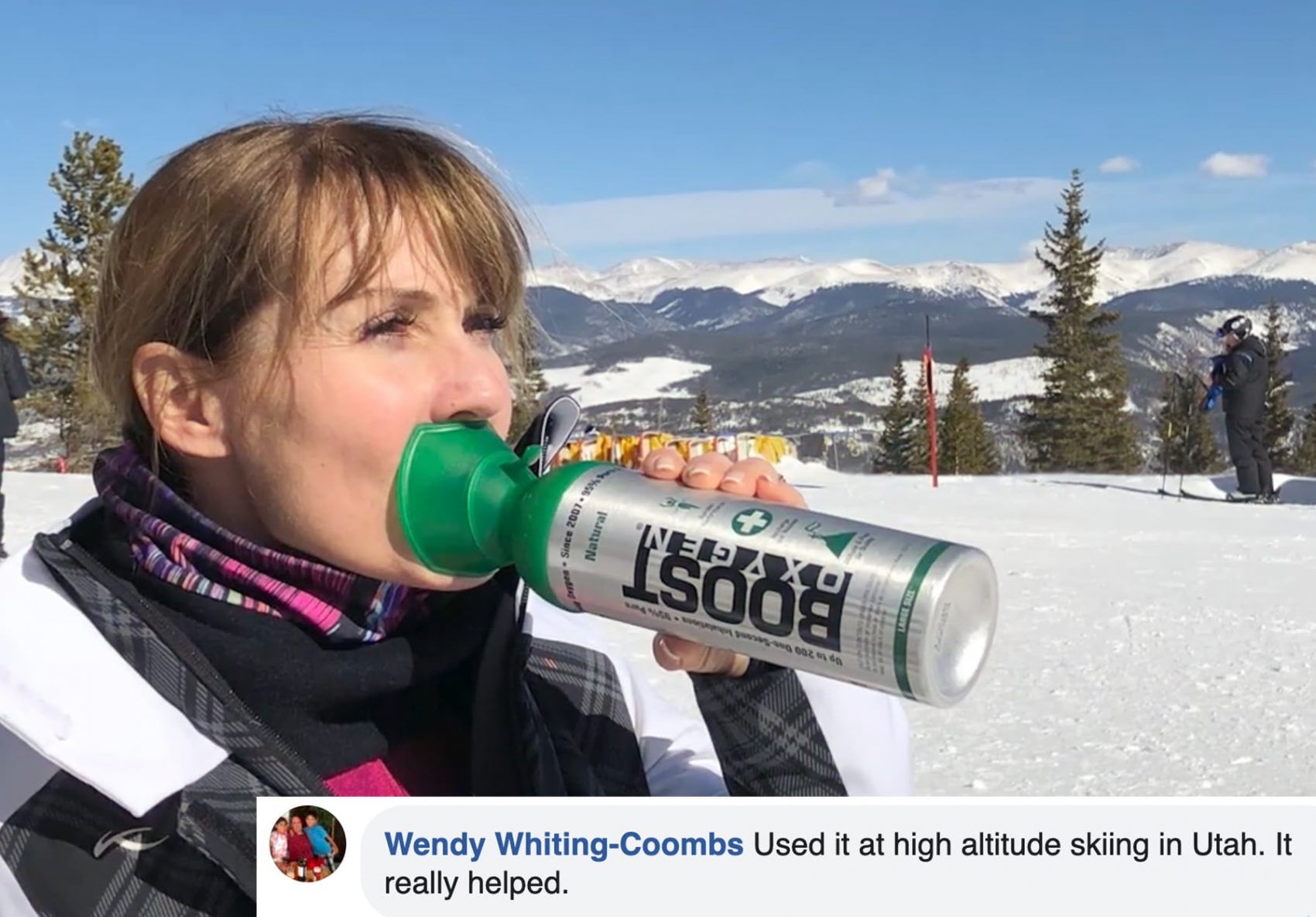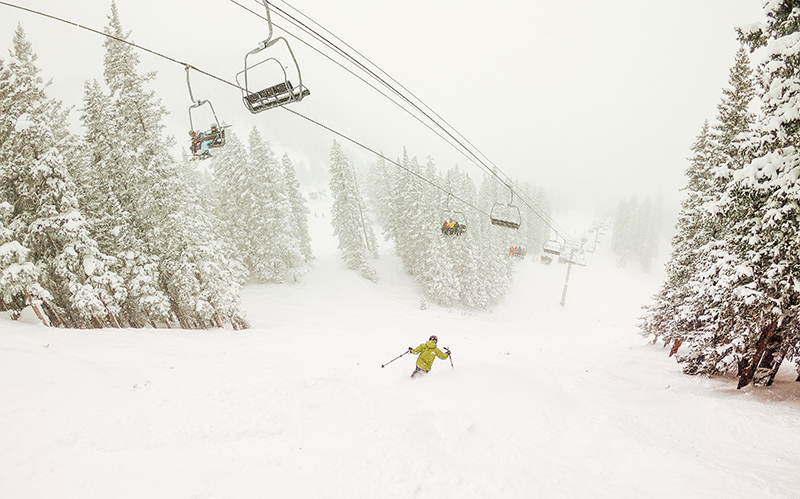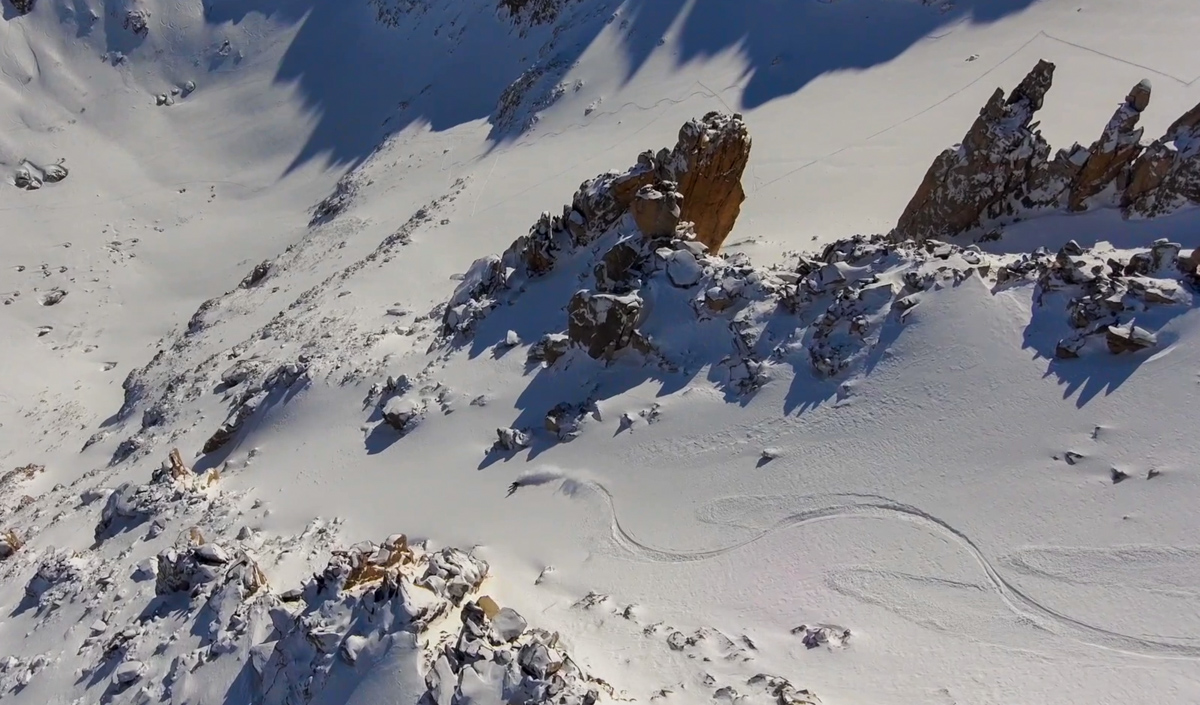
One of the number one killers at altitude, High Altitude Pulmonary Edema (HAPE), is not well understood and affects individuals who are otherwise physically fit. It sounds a bit illusive, doesn’t it? An individual’s susceptibility to the illness and its direct cause may not be fully grasped, but we do know what it is and the sings and symptoms to look out for.
What is it?
HAPE is a symptom of high altitude illness that is a noncardiogenic form of pulmonary edema, caused by an alveolar capillary membrane leak. In more basic terms, HAPE is a fluid accumulation in the lungs that occurs at high altitudes, usually above 8,000 feet.

Causes and Symptoms:
The foremost cause of HAPE seems to be excessive hypoxia, or lack of oxygen, due to the lower air pressure at high altitudes. Other contributing factors include rate of ascent, altitude attained, amount of physical activity at altitude, and individual susceptibility to high altitude illness.
A person suffering from HAPE is likely to be experiencing at least two of the following symptoms, according to the Lake Louise Definition for High-Altitude Pulmonary Edema – difficulty breathing while at rest, cough, weakness, and/or chest tightness – as well as at least two of the following signs – crackles or wheezing, blue skin color, rapid shallow breathing, and/or rapid heart rate. Treatment for HAPE involves moving the affected individual to a lower elevation immediately.

Am I likely to get HAPE at high altitudes?
The answer? Most likely not. The tendency of unacclimatized travelers that have been exposed to high altitude showing signs and symptoms of HAPE seems to be extremely low. A US study on Colorado skiers showed a .1%-1% development of HAPE, and an international study on Mount Everest trekkers showed a 1.6% diagnosis rate. During a 30-year study of nearly 300 volunteers, the US Army Pike’s Peak Research Laboratory exposed sea-level residents to high altitude quickly. During that time, only 3 volunteers were evacuated with suspected HAPE.
A person’s susceptibility to HAPE is unknown. There is likely a genetic reason for susceptibility, along with other factors such as respiratory depressants and infections. Women also tend to be less likely to develop HAPE.
Despite its low probability, HAPE can affect trekkers, mountaineers, skiers, and any other otherwise fit individuals at high altitudes, and can lead to death if not treated in time.




